WORLDWIDE: HEADLINES
U.S. weekly jobless claims at lowest level since 1969 as labor market tightens
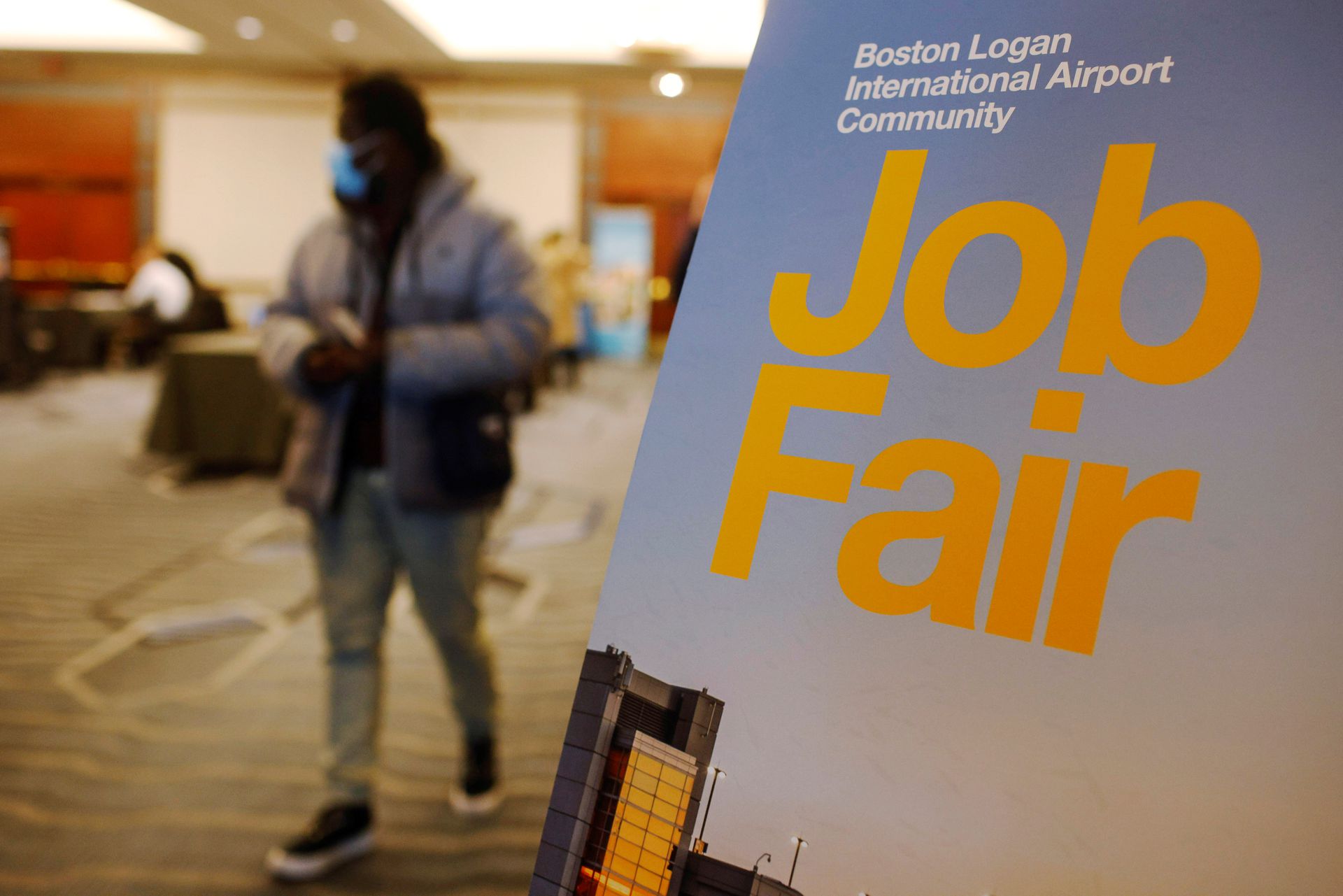
The number of Americans filing new claims for unemployment benefits dropped to the lowest level in more than 52 years last week as labor market conditions continued to tighten amid an acute shortage of workers.
The plunge reported by the Labor Department in its weekly unemployment claims report on Thursday was, however, probably exaggerated by difficulties adjusting the data for seasonal fluctuations around this time of the year.
The claims report, the most timely data on the economy’s health, followed on the heels of news last week that the jobless rate fell to a 21-month low of 4.2% in November. Data on Wednesday showed there were 11 million job openings at the end of October and Americans quit jobs at near-record rates.
“While the latest data should be taken with a grain of salt given seasonal adjustments, we may be entering a stretch when lower-than-average layoffs continue until the ‘Great Resignation’ fades,” said Robert Frick, corporate economist at Navy Federal Credit Union in Vienna, Virginia.
Initial claims for state unemployment benefits tumbled 43,000 to a seasonally adjusted 184,000 for the week ended Dec. 4, the lowest level since September 1969. Economists polled by Reuters had forecast 215,000 applications for the latest week.
Claims have declined from a record high of 6.149 million in early April of 2020. Applications typically increase as the weather gets colder, but economists say this seasonal pattern is not holding because of a tightening labor market.
Full coverage: REUTERS
Japan’s Q4 business mood likely improved, Omicron clouds outlook
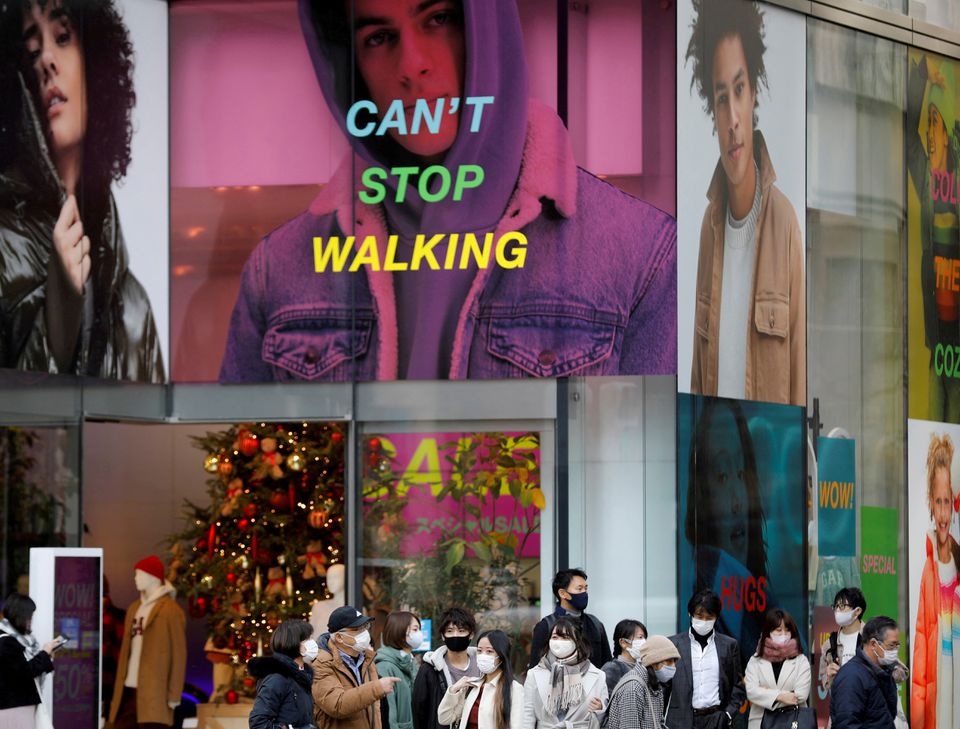
Japan’s business mood improved in the three months to December and exports continued to benefit from robust global demand in November, a Reuters poll showed, offering policymakers hope the economy is gradually emerging from its pandemic-induced slump.
The data would bode well for the Bank of Japan, which is set to maintain ultra-easy policy next week and debate whether to phase out pandemic-relief fund schemes that expire in March.
The BOJ’s closely-watched “tankan” survey is likely to show the headline index for big manufacturers’ sentiment edged up to plus 19 in December from plus 18 three months ago, according to analysts polled by Reuters.
“Manufacturers’ sentiment will likely improve as the worst has passed in terms of chip shortages, and supply constraints caused by Southeast Asian factory shutdowns are gradually easing,” said analysts at Mizuho Research & Technologies.
Big non-manufacturers’ sentiment index is also seen improving to plus 6 from plus 2, as the Sept. 30 lifting of state of emergency curbs to combat the pandemic helped boost consumption, the poll showed.
Big manufacturers and non-manufacturers both expect conditions to improve three months ahead, according to the poll, highlighting growing optimism among companies over the outlook.
Full coverage: REUTERS
WORLDWIDE: FINANCE/MARKETS
Asian shares slip ahead of key U.S. inflation data
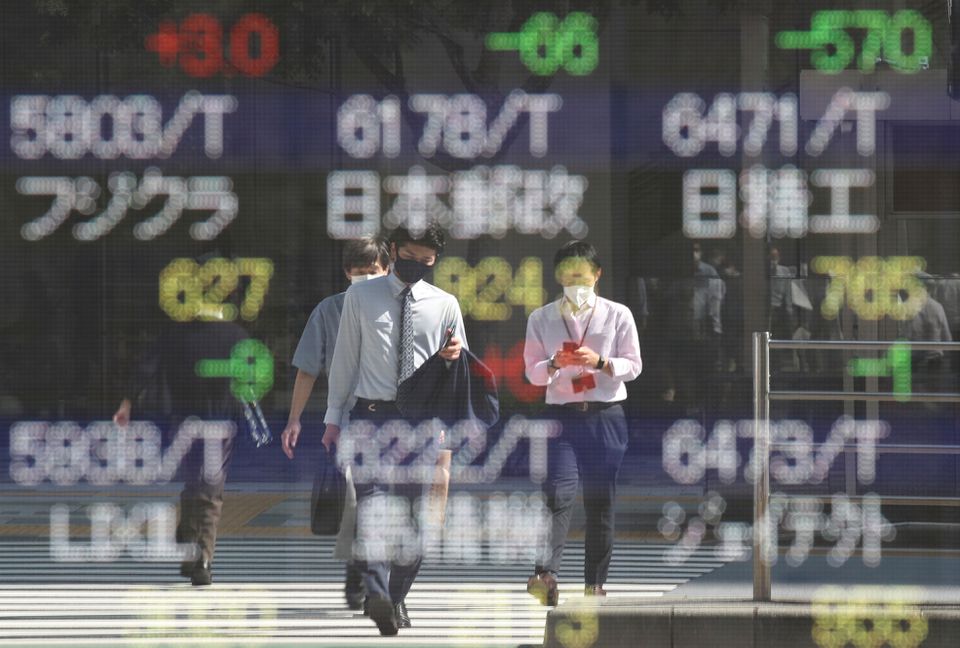
Asian shares slipped and the dollar held firm on Friday as traders edged away from riskier assets amid renewed concerns about COVID-19 and ahead of key U.S. inflation data that could set direction on Federal Reserve rates.
MSCI’s broadest index of Asia-Pacific shares outside Japan (.MIAPJ0000PUS) lost 0.4% and Japan’s Nikkei (.N225) shed 0.5%.
Overnight the S&P 500 (.SPX) lost 0.72% and the Nasdaq Composite (.IXIC) dropped 1.71%. S&P 500 futures rose 0.14% in Asian hours.
Shares and risk-friendly currencies had performed well earlier in the week, with MSCI’s regional benchmark posting its best day in two months on Tuesday, helped by indications the Omicron strain of the new coronavirus might not be as economically disruptive as first feared.
“Then, as we got towards the end of the week the fact that Europe was much more clearly moving into a sort of lockdown light and cases are going up, and COVID-19 case numbers in the U.S. are starting to ratchet up flipped things a little bit,” said Rob Carnell, head of research Asia Pacific at ING.
“Also there is a slight sense of ‘let’s not have too much risk on the table for the weekend’. Of course, there is CPI out in the U.S. – but I think we’ve all woken up to the fact that there is inflation in the U.S. now,” he added.
U.S. consumer price index (CPI) for November is due later Friday and a Reuters poll of economists expect it to have risen 6.8% year-on-year, overtaking a 6.2% increase in October, which was the fastest gain in 31 years.
Full coverage: REUTERS
Dollar firms ahead of U.S. inflation data; PBOC clips yuan’s wings
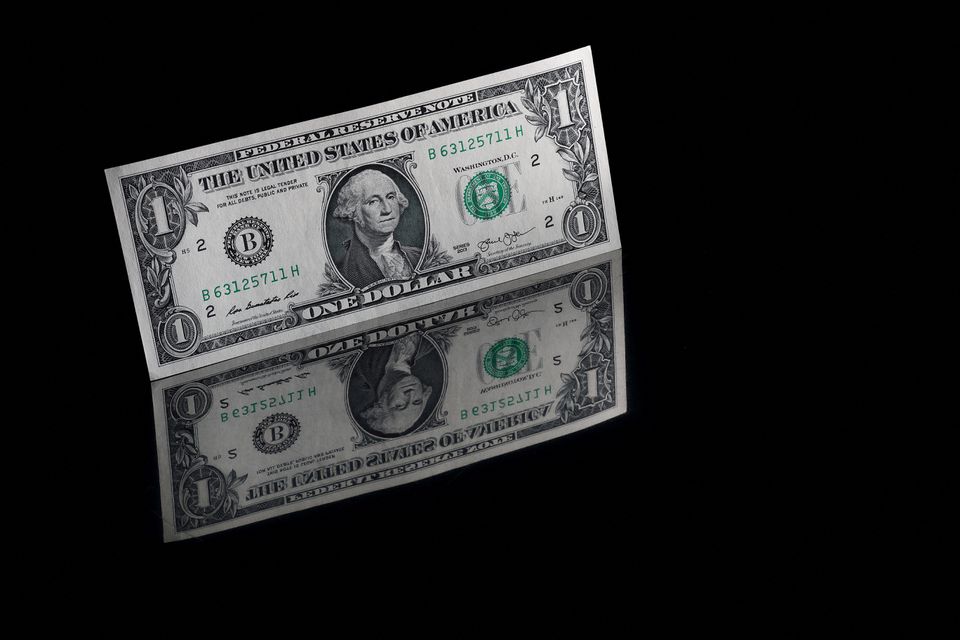
The dollar was firm on Friday ahead of U.S. inflation figures, which could settle the course of interest rates, while the Chinese yuan was nursing its sharpest drop in months after a nudge lower from authorities triggered a slide.
The euro, seen as vulnerable from U.S. hikes especially if European rate rises lag behind, dropped 0.4% overnight and was under pressure in Asia at $1.1293.
The dollar index, at 96.212, is drifting toward its seventh consecutive weekly rise ahead of the data, which is due at 1330 GMT. Annual price gains of 6.8% are expected and any upside surprise will likely be interpreted as a case for a faster Federal Reserve taper and sooner interest rate rises.
Consumer confidence data is also due on Friday and if it holds up could portend even more price pressures ahead.
“Inflation is going accelerate,” said Tom Porcelli, RBC Capital Markets’ chief U.S. economist, who thinks the annual pace is going to rise and keep rising to push near 7% early in the new year.
“As a result, we think that combination means a hike in March is very possible,” he said. “The market is pricing in about a 40% chance of that, but we now think it’s a bit higher. It’s probably closer to a coin flip now.”
The Fed, European Central Bank, Bank of England and Bank of Japan also all meet next week and the combination of the inflation data and the possibility of a central bank response have set market volatility gauges surging .
Full coverage: REUTERS
Oil prices slip on profit-taking, but head for strong weekly gain
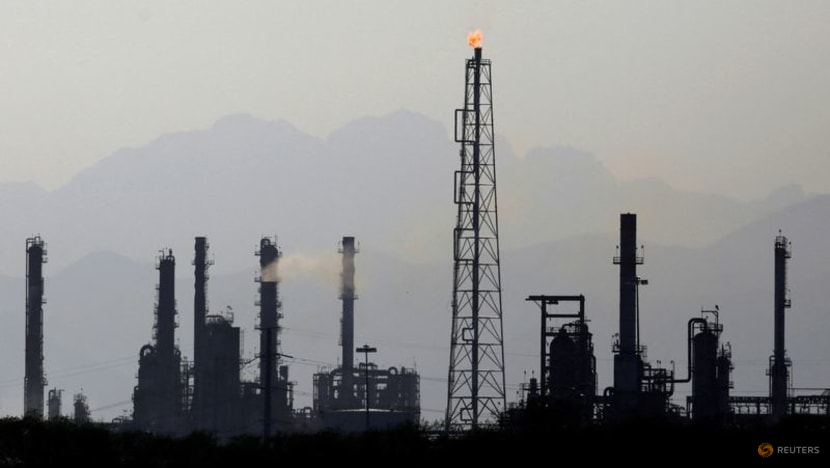
Oil prices drifted down on Friday as traders locked in profits from a strong run-up this week, stoked by growing confidence that the rapid spread of the Omicron coronavirus variant would not hit global growth and fuel demand.
Benchmark Brent and WTI were both on course to rise more than 6% this week, even after the profit-taking, their first weekly gain in seven weeks.
U.S. West Texas Intermediate (WTI) crude futures fell 7 cents, or 0.1%, to $70.87 a barrel at 0150 GMT, after sliding 2% in a volatile session the previous day.
Brent crude futures slipped 4 cents to $74.38 a barrel after falling 1.9% on Thursday.
Earlier in the week, the oil market had recovered around half the losses it suffered since the Omicron outbreak on Nov. 25, however sellers came in overnight after ratings agency Fitch downgraded property developers China Evergrande Group and Kaisa Group, saying they had defaulted on offshore bonds.
That reinforced fears of a potential slowdown in China’s property sector, as well as the broader economy of the world’s biggest oil importer.
In addition, headlines about a Japanese study showing Omicron is more than four times as transmissible as the Delta variant also sparked some selling, OANDA analyst Jeffrey Halley said.
“Oil’s had a massive run – it was an excuse for some of the short-term money to lock in some profits,” Halley said.
Full coverage: REUTERS